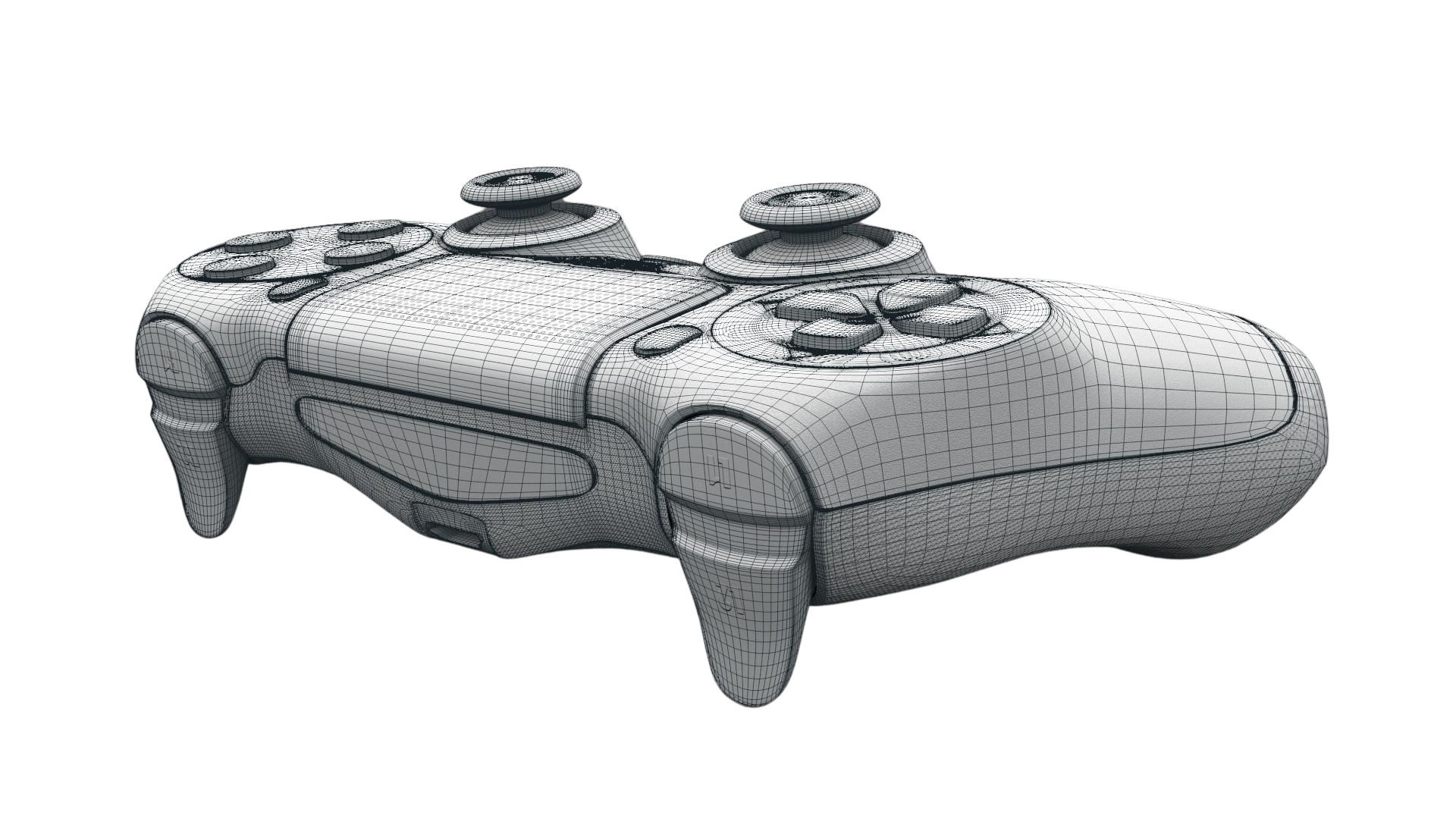3D Modeling
Accurate 3D models and 3D CAD designs for all uses.

What is it?
3D modeling is the foundational process of creating a three-dimensional digital representation of an object or shape. Unlike flat, two-dimensional images, a 3D model possesses depth, width, and height, allowing it to be viewed and manipulated from any angle in a virtual space. This intricate craft forms the very first step in the broader 3D visualization pipeline, preceding stages like texturing, lighting, and ultimately, 3D rendering. Artists and designers utilize specialized 3D modeling software to construct these digital assets, employing various techniques to translate real-world objects or imaginative concepts into a virtual reality. 3D modeling is also known as 3D Design or CAD Design.
A 3D model is essentially made up of vertices, which come together to form a mesh and act as the core of the 3D model. Each point on the model can be manipulated to change the shape. By using coordinate data, the software identifies the location of each vertical and horizontal point, all relative to a reference point. With 3D modeling, the opportunities are endless. It’s a truly versatile medium that can be used for an array of different areas.
What is it used for?
Almost anything and any industry will have a need for 3D modelled objects. The 3D model can be used to 3D print, made for visualization of a product for marketing. Therefore, it is extremely useful for envisioning the final product during pitches or to other stakeholders. 3D modelling can reveal potential issues with building structures or designs, that 2D plans could not show and is key to modern design practices.
The applications of 3D modeling are incredibly diverse and impact a multitude of industries. From creating characters and environments for video games and film production to designing product prototypes for manufacturing and architectural structures for building information modeling (BIM), 3D models are indispensable. They are also crucial for virtual reality (VR) and augmented reality (AR) experiences, providing the fundamental assets that populate these immersive worlds. The precision and versatility offered by 3D modeling allow for detailed iteration and visualization before physical production, saving time and resources.
What is the process for 3D modeling?
There are several core approaches to 3D modeling, each suited for different applications and desired outcomes. Polygonal modeling, for instance, builds objects from a mesh of interconnected vertices, edges, and faces, offering great flexibility for detailed shapes. NURBS (Non-Uniform Rational B-Splines) modeling, on the other hand, uses mathematical curves and surfaces, ideal for smooth, organic forms often found in automotive or industrial design. Other techniques include sculpting, which mimics traditional sculpting with digital tools, and parametric modeling, where objects are defined by parameters that can be easily adjusted. The choice of method often depends on the complexity of the 3D model and its intended use in 3D design.
In essence, 3D modeling is the art and science of digital sculpture, forming the backbone for almost all 3D graphics. A well-constructed 3D model is paramount for achieving high-quality 3D renders, as poor geometry or topology can lead to issues in subsequent stages. As technology advances, 3D modeling software continues to evolve, offering increasingly intuitive tools and capabilities, further solidifying its critical role in digital content creation and pushing the boundaries of what can be digitally conceived and visualized
Plus even more
A ton of features your business could benefit from
-
Enhanced Product Visualization & Marketing
Create hyper-realistic 3D models of products for marketing materials, e-commerce platforms, and virtual showrooms.
-
Improved Customer Communication & Education
Utilize 3D animations and renderings to explain complex concepts related to your products or services in a clear and engaging way.
-
Streamlined Product Development & Prototyping
Develop and test 3D models of products virtually before physical prototypes are created. This allows for faster iteration and quicker identification of potential design flaws, saving time and resources during the development process.
-
Reduced Manufacturing Costs
By addressing design issues early in development using 3D models, businesses can minimize the need for costly physical prototypes.
-
Enhanced Collaboration & Efficiency
3D models facilitate collaboration between design, engineering, and marketing teams, leading to a more efficient and streamlined workflow.
-
Increased Sales & Conversion Rates
Studies suggest that products presented with high-quality 3D visuals can lead to increased sales and conversion rates. Customers are more likely to understand and connect with products they can visualize realistically.
Drive people to your products and services
Ready to learn how you can use 3D design tools for your business?
